Get more bubbles in your water kefir
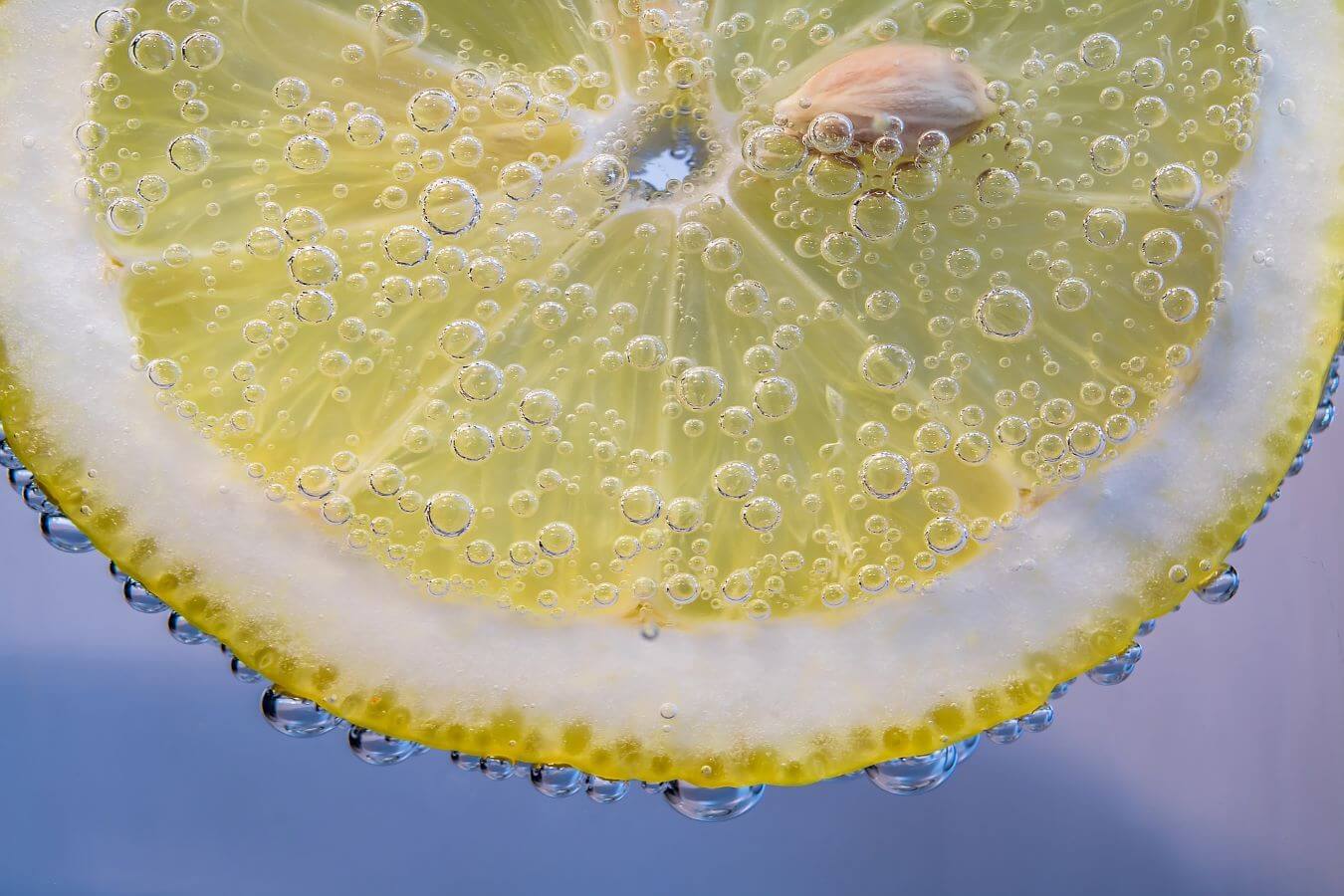
Is more bubbles in water kefir something you are looking for? In this blog post, we are describing some ways to increase carbonization and get the perfect fizz in the water kefir.
Water kefir is one of the more refreshing fermented beverages. Similar to kombucha, it’s popularity increases in the summer seasons when we crave cold drinks to quench the thirst.
There are some basic principles we need to follow so we can prepare water kefir full of bubbles.

Dried grains take longer for full activity
If you recently rehydrated your dried grains, it may take a while for them to become fully active. Dehydration slows down their activity. As with other stressful situations, grains are quite sensible to this change and it may take awhile for them to restore their power. Even though they may already ferment a delicious kefir, the bubble formation may take a little time and a few more batches of water kefir.
The grains need minerals for fermentation
Kefir grains need minerals to thrive. Sometimes there are not enough minerals in the water you use and it’s necessary to add them. You may need to add minerals during activation of the grains, when grains are not growing or when kefir does not ferment in over 48 hrs.
Filtered water may be robbed of minerals, so you may need to add minerals before using it for fermentation. There are different ways to add minerals to your water. You can use baking soda, molasses, unrefined sugar to replace one part of refined sugar, dried fruit or mineral drops.
Piece of ginger root or slice of lemon during first fermentation is a great way to increase carbonization of kefir
Temperature may affect the formation of bubbles
Surrounding room temperature is a very important factor of the fermentation process. For best results, prepare kefir at room temperature (20-24 degrees C). If you have slightly more warm temperatures or in summer months you might notice it takes less time for kefir to ferment. The opposite is also true. When in colder temperatures, the fermentation slows down and it can take longer for kefir to ferment.
Yeasts in the kefir culture are responsible for formation of the bubbles. They thrive at higher temperatures, so this may also help in bubble formation. Just keep in mind, if the temperature is too high you may disrupt the balance of yeasts and bacteria in kefir. This is not recommended because it may affect not only the probiotic value but the taste and smell of kefir.

Second fermentation in capped bottles
After primary fermentation, you can strain the kefir and make the second fermentation without grains. This is an additional time (12-24 hrs) that completes the fermentation and by opinion of many gives the optimal probiotic value of the kefir.
Prepare the second fermentation in capped bottles and leave them at room temperature for 24 hours or more. In this time, kefir will continue to ferment even though kefir grains are strained out. Add some sugar to get more bubbles. You can use a small amount of fruit juice, pieces of fruit, citrus peels, etc. Don’t use too much because this can also increase the amount of alcohol, especially if you use fresh fruits.
To enjoy bubbles at its best, chill the beverage before serving.
Get Kefir fermenter here:



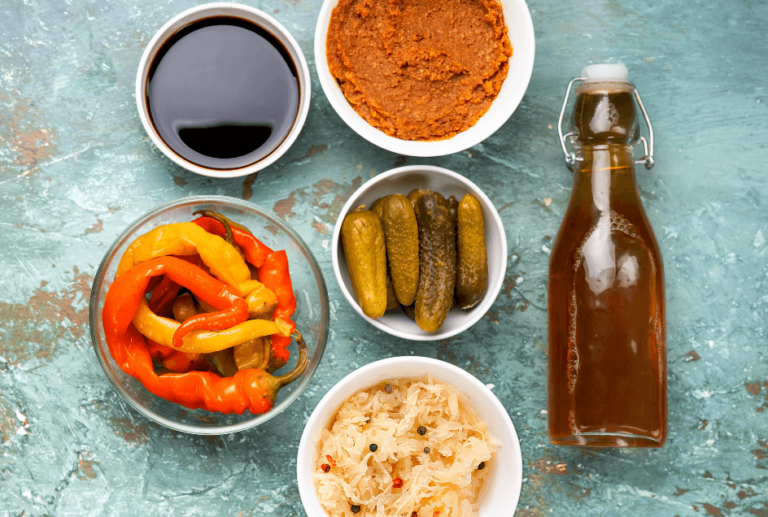
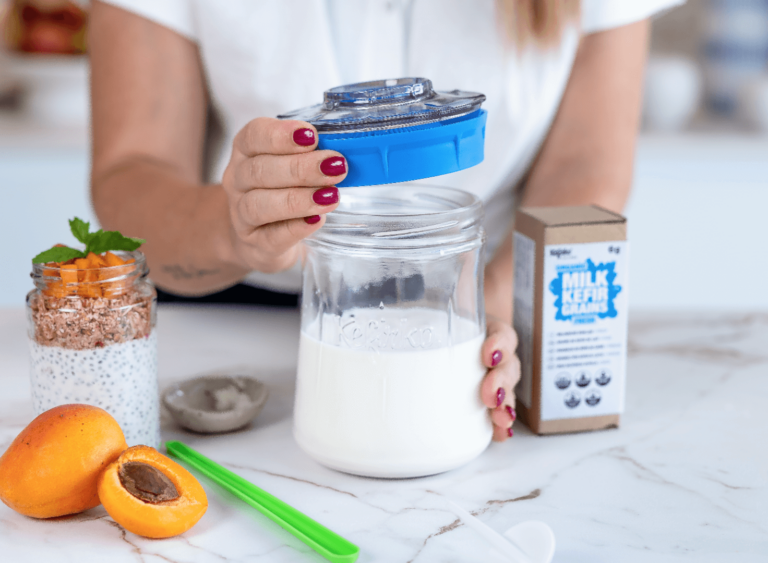
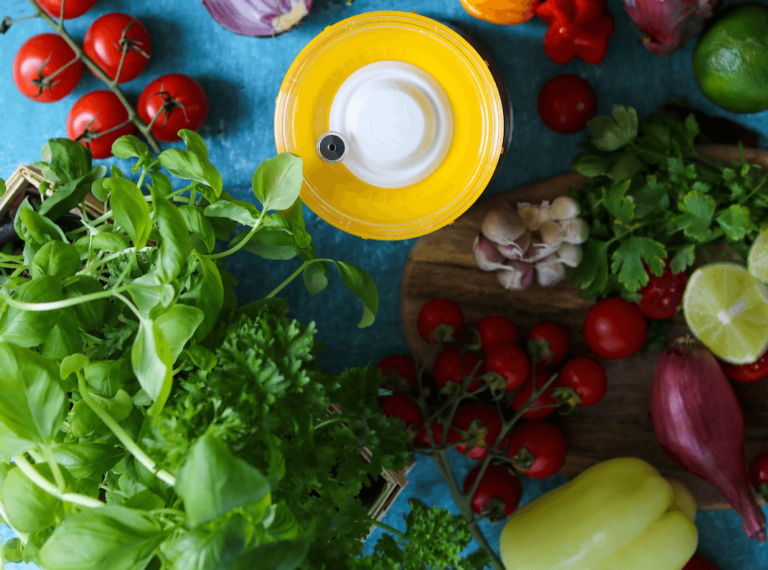
Love Kefir and really enjoyed making it. Sadly for me the high histamine does not agree with me. I could have scratched my eyes out.
I realized my itchiness is coming from the fermented food too. Now I’m taking antihistamine pills and sleep like a baby.